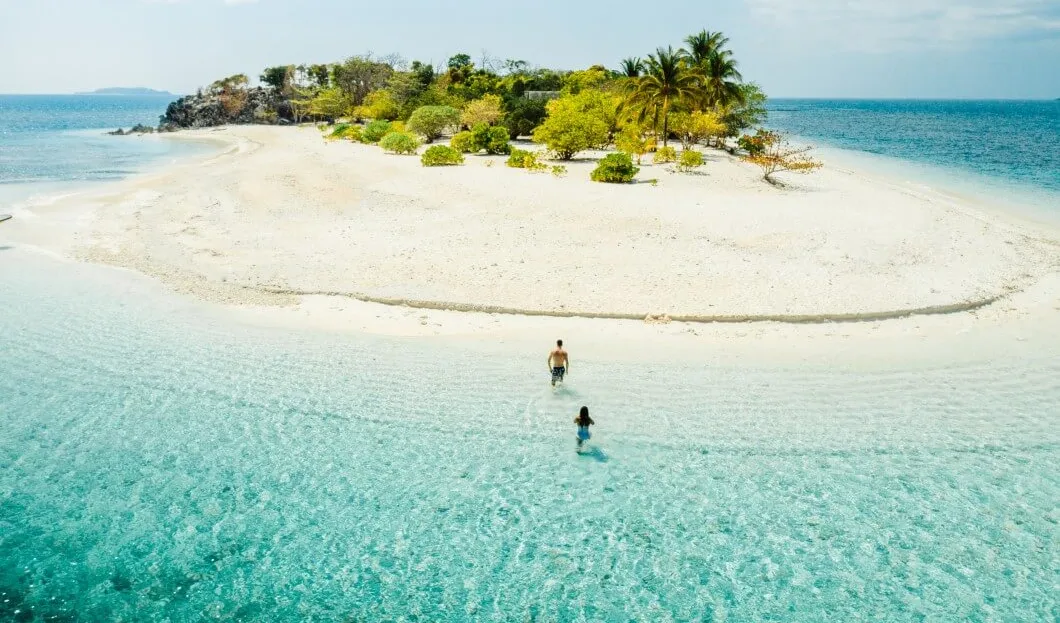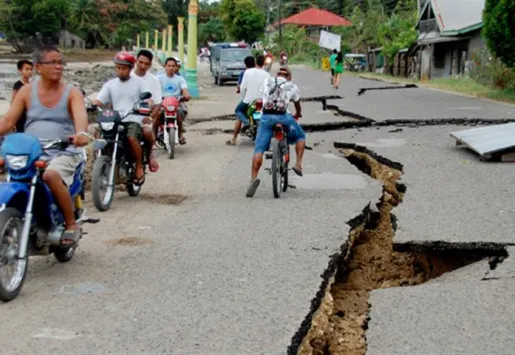
Citizens from 150 countries no longer need a visa for short stays in the Philippines. However, all visitors need to be vaccinated against COVID-19 and test negative for holidays without the need for quarantine. Local authorities announced the change in entry restrictions in order to attract international tourism back to the country.
The Philippines will reopen its borders to tourists from almost all over the world again as of February 10, after almost two years of negligible tourism. The country will allow entry to citizens from 150 countries, provided they have full vaccination against COVID-19 and a negative PCR test. It is supposed to boost the tourism sector that was decimated by the pandemic.
By the end of 2021, the country had already geared up to start welcoming international tourism. But the progress of the Omicron variant led the authorities to backtrack. The Philippines also suffered greatly from the recent passage of Typhoon Rai, which caused great damage and hundreds of deaths.
The measure aims to contribute “to the recovery of employment, mainly in tourist communities, and to the reopening of companies that have closed their doors,” said Berna Romulo-Puyat, Secretary of State for Tourism.
Among the criteria to enter the Philippines, in addition to vaccinations and a PCR test (done up to 48 hours before arrival), tourists must have a return ticket and a passport valid for more than six months. Those arriving without full vaccinations must present a PCR test on arrival and be quarantined for 14 days (with more tests in between).
White sand beaches and marine sanctuaries are two of the islands’ biggest attractions for international tourism. Boracay, El Nido, Bohol, Cebu, Coron, the Banaue rice terraces, or the capital Manila are among the most popular destinations. Boracay, with its heavenly beaches, was once so sought after that it was temporarily closed in 2018 for six months; it then reopened with the assurance that it had been restored and kept safe.
By 2020, tourism in the Philippines fell sharply, with far fewer visitors due to restrictions and lockdowns. For example, its biggest source markets are Japan, South Korea and China, which enjoy preferential treatment. Regarding these markets, however, the drop in tourism numbers was 83% during the previous year.













